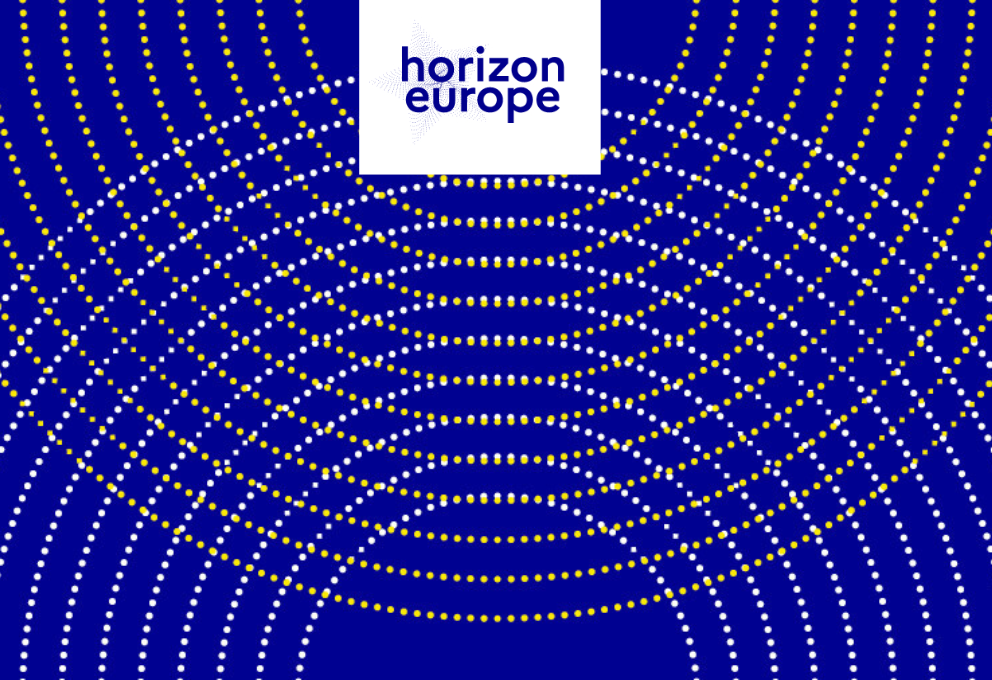IRSN’s Strategic Messages for the Next EURATOM Research and Training programme under FP10

The Institute for Radiation Protection and Nuclear Safety (IRSN) is the public expert in research on and expertise of nuclear and radiation risks. It is actively involved in EU projects. Indeed, it currently participates to 38 projects (out of which 33 under EURATOM calls). As we prepare for the design of the Next EURATOM Research and Training Programme under the Next EU Framework Programme for Research and Innovation (FP10), IRSN has shared its vision and strategic messages with its partners as follows :
Background
The Institute for Radiation Protection and Nuclear Safety (IRSN) is outlining its strategic contribution for the Next Euratom Research and Training Programme under the Tenth Framework Programme for Research and Innovation. IRSN is committed to improving nuclear safety, radioactive waste management, and radiation protection across all fields, including the medical sector, and promoting innovative research in order to address emerging global challenges in a rapidly-evolving societal context. By prioritising scientific excellence in research across all TRLs, promoting collaboration, modernising policies, and strengthening agile regulatory frameworks, IRSN intends to contribute to a safer and more resilient future for Europe in terms of the power and non-power-related applications of nuclear science and technologies. IRSN has therefore identified the following five strategic priorities which are based on its extensive experience in co-funded Euratom projects such as the European Partnership for Radiation Protection Research.
1. Promoting Partnerships as a priority instrument for the sustainable co-funding of all types of research in various fields, including (i) open calls for research proposals (i.e. beyond the consortium partners) and for the development of advanced numerical simulation, data and knowledge management tools, (ii) a comprehensive education and training programme to promote the leadership of the next generation of professionals, and (iii) mobility options for researchers at all stages of their careers to help them improve their skills faster and facilitate access to infrastructures.
2. Building concrete bridges between European clusters and Partnerships (e.g., launch joint co-funded open calls for partnerships between Health or Civil Security for Society clusters and Euratom partnerships); and enhancing the creation of benefits for Member States and citizens as well as for the whole community, i.e. academia, public authorities, industry, operators, implementers/practitioners, and civil society groups.
3. Continuing efforts to optimise the use of European research infrastructures including European computing platforms, by promoting their shared use and simplifying access; Developing a European initiative to study the design of future infrastructures expected to take shape in 10 years’ time to mitigate the risk of losing current infrastructures (e.g., towards a European laboratory for future nuclear applications and practices).
4. Encouraging a shift towards trans-disciplinary approaches, i.e. promoting coordinated activities across disciplines and the involvement of parties other than scientists including a wide range of other stakeholders (e.g., researchers/scientists from various disciplines including Social Sciences and Humanities, local/regional population communities, national/international civil society groups, policy makers, regulators, industry, etc.); promoting open science, ensuring science is accessible to all, and reintegrating science into decision-making processes to improve public understanding.
5. Facilitating third-party access by simplifying legal and financial procedures, encouraging collaboration, innovation, and the involvement of a wider range of external organisations/participants.
